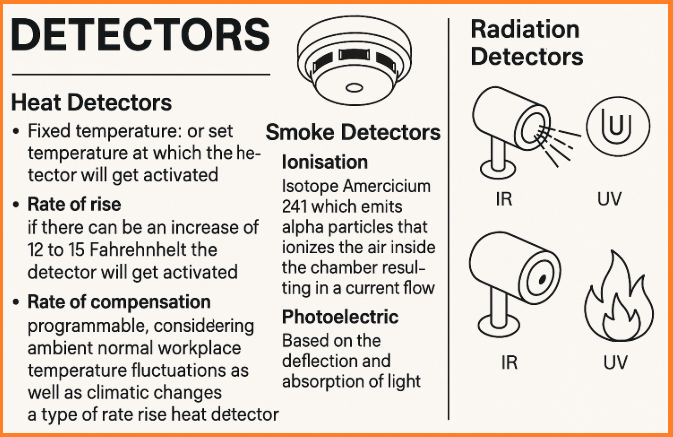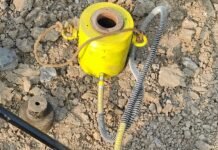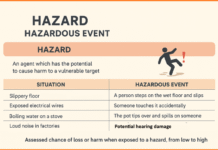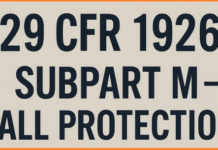In any fire protection system, detectors play a critical role in early hazard identification. By sensing the presence of heat, smoke, or radiation, detectors can trigger alarms, activate suppression systems, and provide valuable time for evacuation or intervention. Let’s explore the different types of detectors commonly used in safety systems:
Contents
Heat Detectors
Heat detectors respond to temperature changes and are ideal for environments where smoke detectors may give false alarms (e.g., dusty or steamy areas). There are three main types:
1. Fixed Temperature Heat Detectors
- Working Principle: These detectors activate when the ambient temperature reaches a predetermined level (commonly between 57°C to 100°C).
- Applications: Warehouses, kitchens, mechanical rooms.
2. Rate-of-Rise Heat Detectors
- Working Principle: These detectors trigger when there’s a rapid increase in temperature—typically 12°F to 15°F (6.7°C to 8.3°C) per minute, regardless of the starting temperature.
- Advantage: Ideal for detecting sudden fires quickly.
- Limitation: May trigger false alarms in areas with rapid but harmless temperature shifts.
3. Rate-of-Compensation Heat Detectors
Smoke Detectors
Smoke detectors are designed to detect the presence of smoke particles, indicating combustion. Two primary technologies are used:
1. Ionisation Smoke Detectors
- Working Principle: These use a small amount of radioactive isotope—Americium-241—to ionise air molecules inside a chamber, allowing a small current to flow. When smoke enters, it disrupts the ion flow, triggering the alarm.
- Best For: Fast-flaming fires that produce little visible smoke.
- Caution: Not ideal for dusty or humid areas.
2. Photoelectric Smoke Detectors
- Working Principle: These rely on light scattering or absorption. A beam of light inside the chamber gets deflected when smoke particles enter, causing the alarm to sound.
- Best For: Smoldering fires with visible smoke.
Radiation Detectors
Radiation detectors are used to sense flame signatures, especially in high-risk industrial areas.
1. Infrared (IR) Detectors
- Working Principle: Detects the heat radiation emitted by flames.
- Pros: Fast response to open flames.
- Cons: Can be affected by sunlight or hot surfaces.
2. Ultraviolet (UV) Detectors
- Working Principle: Detects UV radiation from the flame.
- Pros: Extremely fast detection.
- Cons: May be prone to false alarms due to lightning, arc welding, or sunlight.
Choosing the right detector depends on the environment, fire risk type, and sensitivity requirements. Understanding how each type works ensures optimal fire safety coverage and reduces the chances of false alarms or undetected hazards.
#FireSafety #SmokeDetectors #HeatDetectors #RadiationDetection #IndustrialSafety #SafetyFirst #PhotoelectricDetector #IonisationDetector #UVIRDetector





